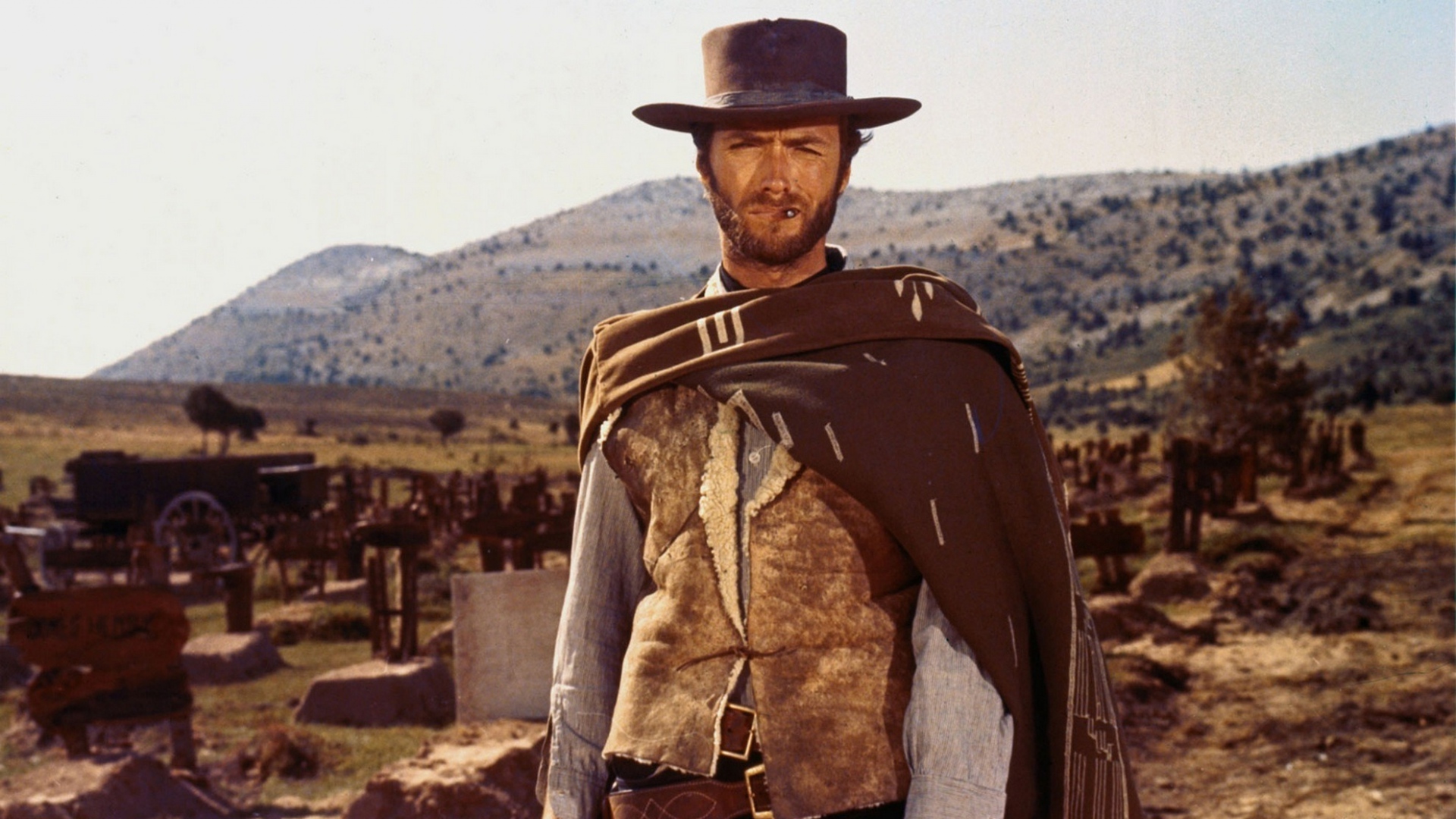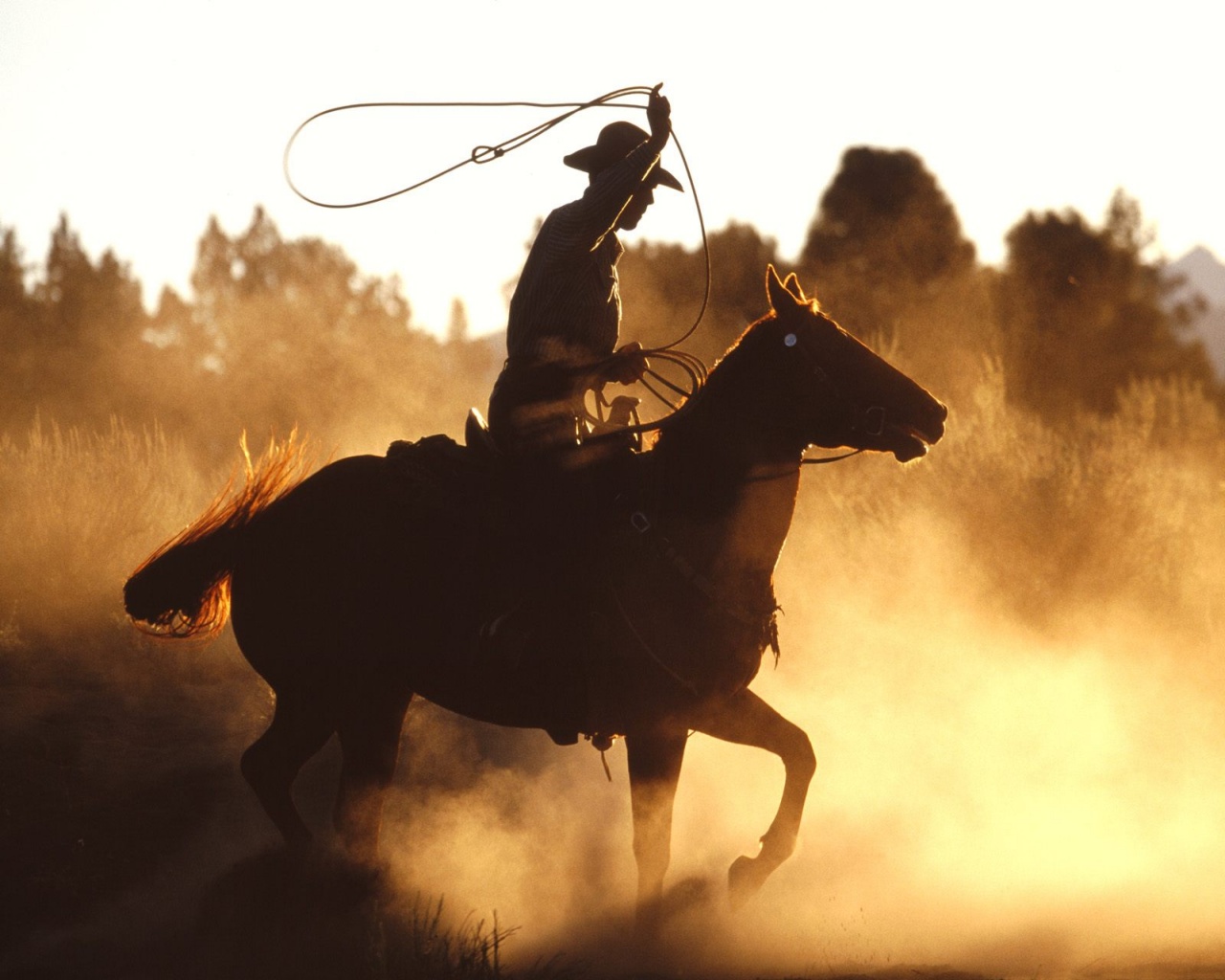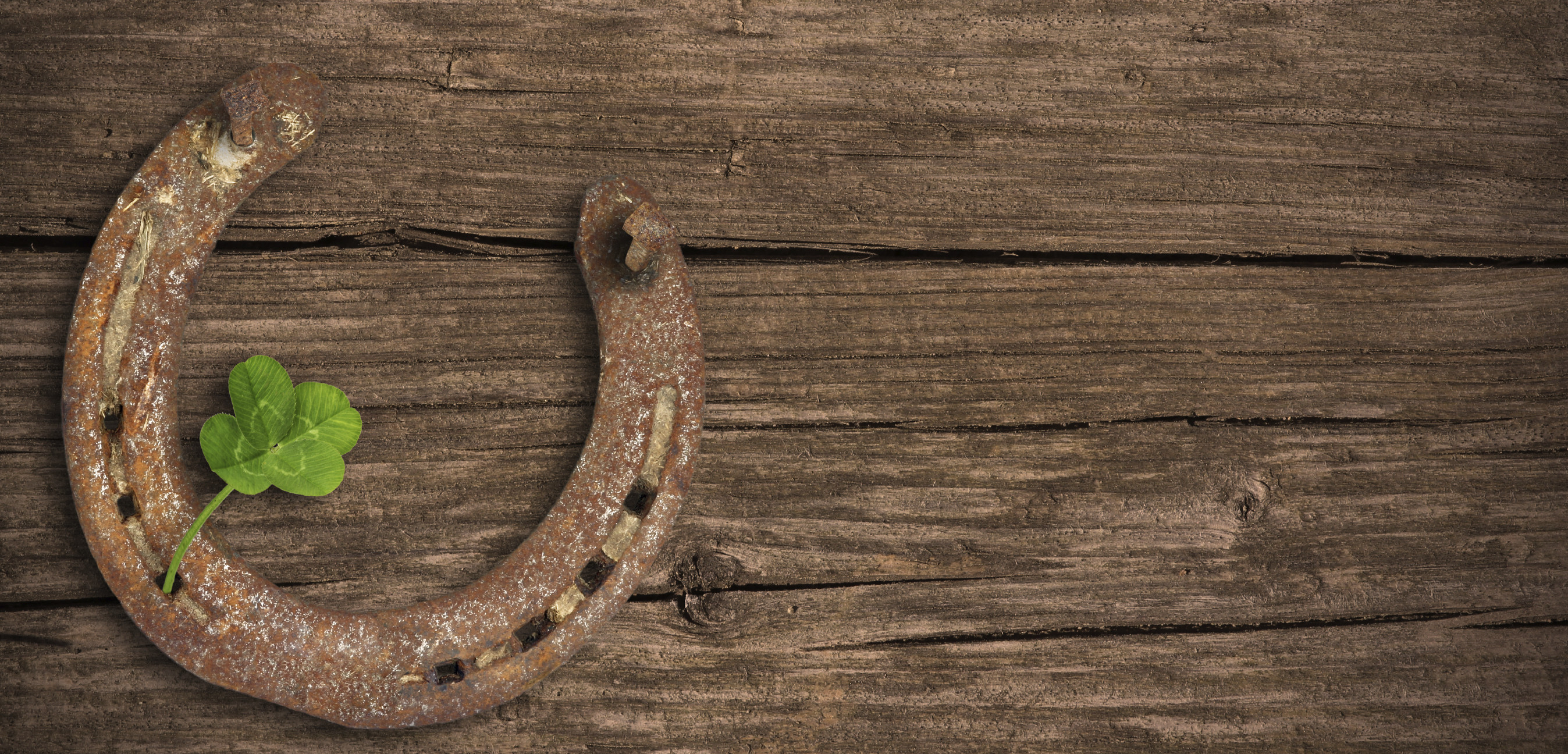The image of the cowboy is one that has been associated with American history for years. With the golden age rearing its head in 1866, the reign of the cowboy was strong in the country’s rural areas, bringing with it a whole range of legends and stories. What we know now about cowboys was informed by tales passed down from the time but how much of the information we have today reflects what life was really like back then? The cowboys that you know and love might not have resembled the real deal and by taking a closer look at real life figures, you might start to see the entire era in a different light.
When it comes to cowboys, the first thing that might come to mind is the shootout. While the modern figure of the cowboy is all about conflict and morality, the real figure was focused on other parts of life. In fact, real cowboys didn’t usually equip themselves with guns or other weapons to be used at a moment’s notice. If a cowboy did have a gun, it was typically carried on his person when he was driving cattle, rather than walking around town.
So far, your real life cowboy might not be as heroic as you had thought, but that’s only one small thing, right? Wrong. It turns out, there are other elements of the cowboy setup that might not quite live up to the stereotype. Take their getup. While you might picture a cowboy in a stetson, chaps and gun belt, very few men at the time actually dressed in this kind of clothing on a day to day basis. More commonly, a cowboy would be kitted out in a bowler hat and a pair of jeans, the kinds of clothing that allowed the men ultimate freedom in their movements. If they could afford it, a cowboy would don a pair of chaps to protect their legs from thorny bushes while riding.
Talking of riding, not all cowboys had access to a horse. Although the traditional cowboy figure can be pictured riding away into the sunset, it wasn’t the case for all men working in the tradition around the country. In the early days of Western colonization, it was commonplace to see a cowboy using a horse in his work but after 1885, their presence dwindled in the profession. Due to a hot summer, many ranchers chose to keep their cattle at home to protect their health and as a result, fewer people needed horses for travel. Somehow, though, the figure of a cowboy without a horse just doesn’t seem to cut it.
When it came to their personality, cowboys were rarely as black and white about things as they are painted in the movies. Unlike their on-screen counterparts, cowboys were surprisingly peaceful, staying out of local conflicts in order to protect their profession and home life. As well as this, many cowboys had strong superstitions, practicing strange activities in order to muster up a little luck. For example, cowboys never hung their hats at the ends of their beds for fear of suffering an injury and used to shave before rodeos in order to please Lady Luck. Good luck charms were also a prominent feature to the cowboy and it wasn’t unusual to see an individual hanging a horseshoe for good luck.
The role of a cowboy was one that changed dramatically over time, according to local custom and history. In fact, when slavery was still legal in the United States, some African American men were able to secure themselves jobs as cowboys, carrying on the tradition. The cowboy as we know him today was a much more complex figure a few hundred years ago, living out a life that might not be that far removed from the modern farmers of today.




